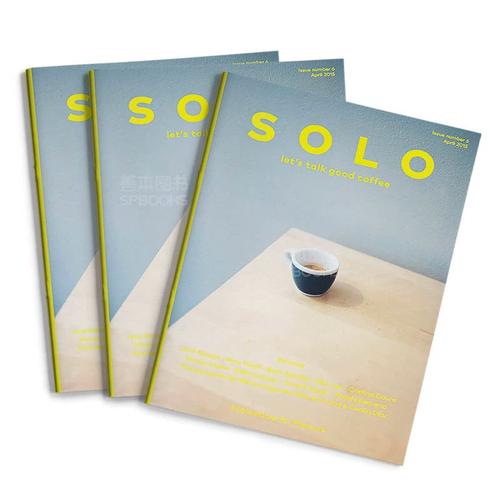Spanish Cuisine: Exploring the Flavors of Spain
Introduction:
Spanish cuisine is known for its rich flavors, diverse ingredients, and vibrant culinary traditions. From tapas to paella, Spanish food offers a delightful gastronomic experience that reflects the country's history, culture, and regional diversity. In this article, we will take a closer look at some iconic Spanish dishes and ingredients, as well as the influence of different regions on the country's culinary landscape.
1. Tapas: Small Bites with Big Flavors
Tapas are a beloved part of Spanish gastronomy. These small, flavorful dishes are typically enjoyed with drinks and can range from simple olives and cheese to more elaborate preparations like patatas bravas (crispy potatoes with spicy tomato sauce) or gambas al ajillo (garlicinfused shrimp). Tapas encourage socializing and allow for a variety of flavors to be tasted in one sitting.
2. Paella: A Rice Dish with Depth
Paella is perhaps one of the most famous Spanish dishes. Originally from the region of Valencia, this saffroninfused rice dish often includes ingredients such as chicken, rabbit, seafood, or vegetables. The key to a good paella lies in the layering of flavors and achieving the perfect balance of textures. Traditionalists argue that it should be cooked over an open fire, enhancing the smoky undertones.
3. Jamón Ibérico: A Cured Delicacy
No exploration of Spanish cuisine is complete without mentioning Jamón Ibérico. This drycured ham made from black Iberian pigs is renowned for its rich, meltinyourmouth texture and complex flavors. The pigs are raised primarily in the oak forests of southwestern Spain, where they feed on acorns, contributing to the distinct nutty taste of the ham.
4. Gazpacho: A Refreshing Summer Soup
Gazpacho is a refreshing and nutritious cold soup that is perfect for hot summer days. Originating from Andalusia, this chilled blend of tomatoes, cucumbers, peppers, garlic, and olive oil offers a burst of flavors. It is usually served with a garnish of diced vegetables and crusty bread. Gazpacho showcases the abundance of fresh ingredients and the simplicity of Spanish cuisine.
5. Seafood Delights from the Coast
With its extensive coastline, Spain offers a wide range of delicious seafood dishes. From the fresh octopus of Galicia to the grilled sardines of Andalusia, coastal regions are known for their seafood specialties. Zarzuela de Mariscos, a rich seafood stew, is a popular classic that showcases a variety of fish, shellfish, and aromatic herbs in a savory tomatobased broth.
Conclusion & Recommendations:

Spanish cuisine is a treasure trove of flavors, reflecting the country's diverse culinary heritage. To truly experience the essence of Spanish food, I recommend visiting local markets, where you can find fresh produce, spices, and regional specialties. Additionally, trying different tapas bars, especially in cities like Barcelona and Madrid, is a great way to sample a variety of dishes in one setting.
If you are an aspiring home cook, consider experimenting with traditional Spanish recipes and ingredients. Learning to make your own paella or mastering the art of slicing Jamón Ibérico can be a rewarding culinary journey.
Remember, Spanish cuisine is not just about the dishes themselves but also about the communal experience of sharing food with friends and family. So, gather loved ones, open a bottle of Spanish wine, and savor the incredible flavors of Spain. ¡Buen provecho! (Enjoy your meal!)











